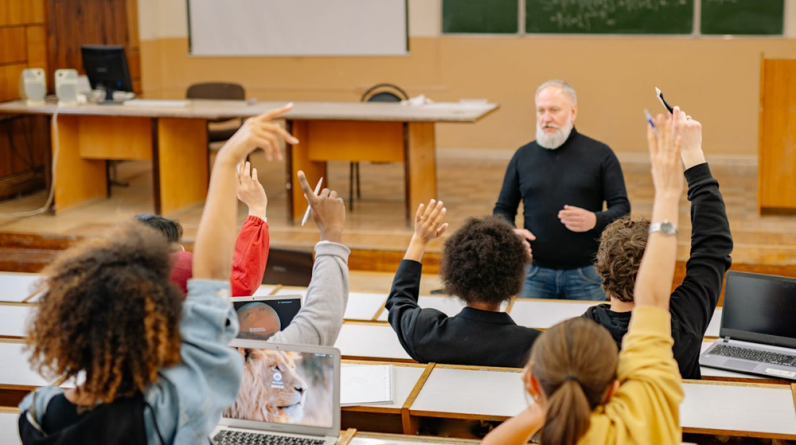
Lifelong learning represents one of the most powerful approaches for maintaining cognitive vitality and protecting against age related mental decline.
The process of acquiring new knowledge and skills throughout life creates ongoing neural stimulation that promotes brain plasticity, builds cognitive reserve, and maintains mental flexibility.
Understanding the neuroscience of learning is important for anyone seeking to preserve cognitive function and continue growing intellectually throughout the aging process.
Research consistently demonstrates that individuals who engage in continuous learning show better cognitive performance, slower rates of mental decline, and greater resilience against neurodegenerative processes compared to those who cease learning activities after formal education.
In what follows, we’ll examine how continuous education affects brain structure and function, discuss different types of learning and their specific cognitive benefits, and provide methods for creating effective personal learning programs that support brain health.
The Neuroscience of Learning
Learning new information and skills stimulates neuroplasticity through multiple mechanisms. When we acquire new knowledge, the brain forms new synaptic connections and strengthens existing neural pathways.
This process involves structural changes in brain tissue, including the growth of new dendrites and the formation of additional synapses between neurons.
Complex learning tasks that require sustained attention and effort promote the production of brain derived neurotrophic factor (BDNF), a protein that supports neuron survival and growth. BDNF acts as a fertilizer for brain cells, promoting the development of new neural connections and protecting existing neurons from age related damage.
Different types of learning engage distinct brain networks and promote varied forms of neural adaptation.
Language learning activates bilateral brain regions and enhances connectivity between hemispheres.
Musical training strengthens auditory processing areas and improves coordination between motor and sensory regions.
Mathematical learning enhances numerical processing networks and strengthens logical reasoning capabilities.
Types of Learning and Brain Benefits
Language acquisition provides exceptional cognitive benefits throughout life. Learning new languages enhances executive function, improves cognitive flexibility, and builds cognitive reserve that protects against dementia.
Even beginning language study in later life can produce measurable cognitive improvements and delay the onset of age related cognitive decline.
Skill based learning that involves motor coordination creates extensive neural networks spanning multiple brain regions. Learning to play musical instruments, developing artistic abilities, or acquiring new physical skills engages sensory, motor, and cognitive systems simultaneously.
These complex learning experiences promote widespread neural adaptation and cognitive enhancement.
Academic learning that involves abstract thinking and problem solving strengthens higher order cognitive functions. Studying subjects like philosophy, mathematics, or science requires analytical thinking, logical reasoning, and the integration of complex information.
These cognitive demands maintain and enhance executive function capabilities.
Creating Personal Learning Methods
Effective ongoing learning requires systematic approaches that maintain appropriate stimulation levels while building on existing knowledge.
Setting specific learning goals helps maintain motivation and provides structure for educational activities.
Goals should be stimulating enough to promote neural adaptation while remaining achievable to maintain engagement.
Varied learning modalities maximize cognitive benefits by engaging different brain locations and processes.
Combining reading, listening, visual learning, and hands on practice creates rich educational experiences that promote comprehensive neural stimulation.
Alternating between different subjects and learning approaches prevents neutral learning scenarios and maintains mental flexibility.
Social learning environments provide additional cognitive benefits through interpersonal interaction and collaborative problem solving.
Participating in classes, study groups, or learning communities combines educational content with social engagement, creating comprehensive cognitive stimulation that supports brain health.
Final Thoughts
Lifelong learning represents a powerful tool for maintaining cognitive vitality and protecting against age related mental decline.
From understanding how continuous education promotes neural plasticity to implementing diverse learning methods that stimulate multiple cognitive systems, this knowledge allows individuals to use education as cognitive medicine.
By embracing curiosity, pursuing new knowledge and skills, and maintaining active engagement with learning throughout life, we can harness the brain’s natural capacity for growth and adaptation to preserve mental sharpness and cognitive flexibility across the lifespan.








